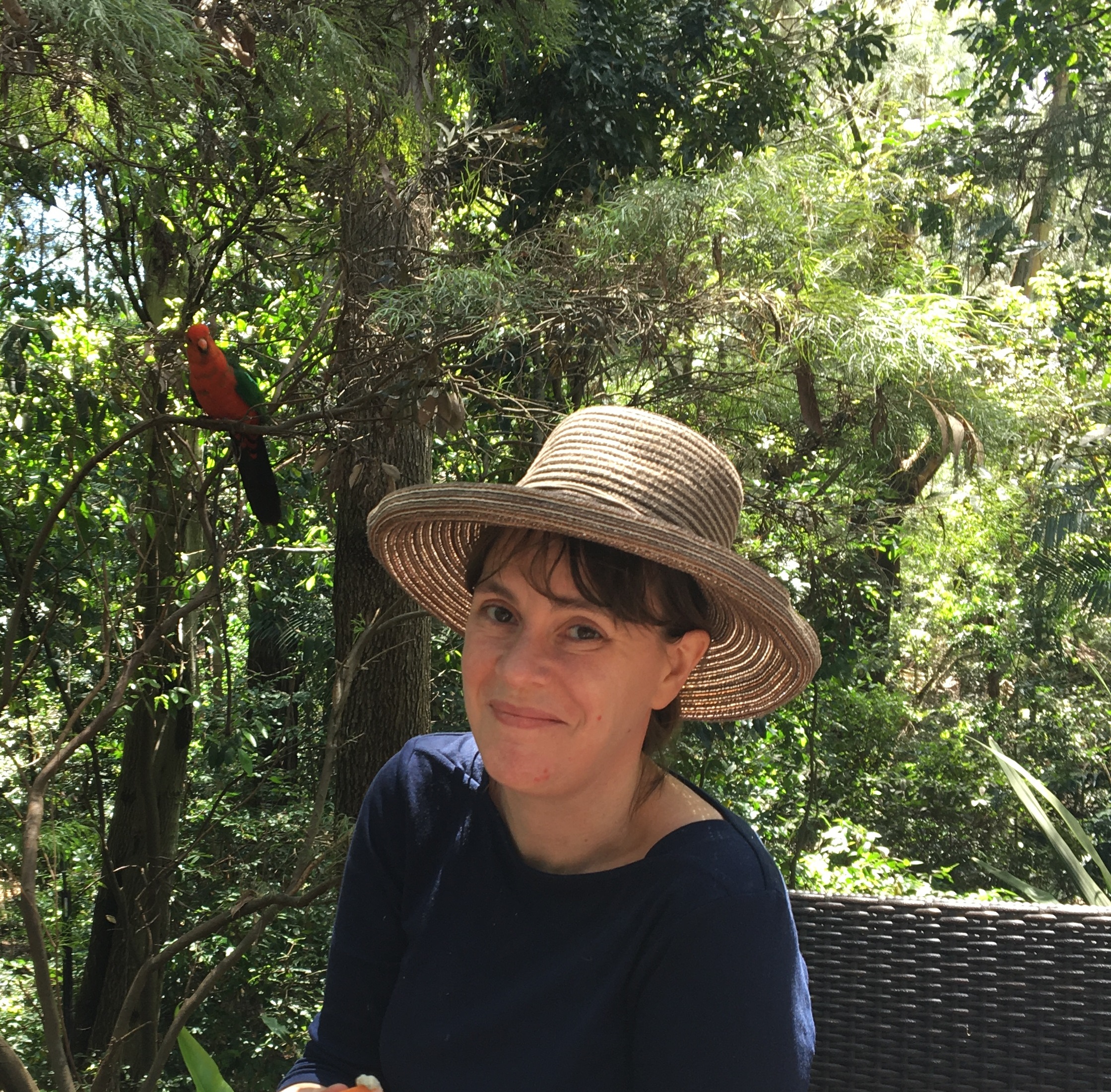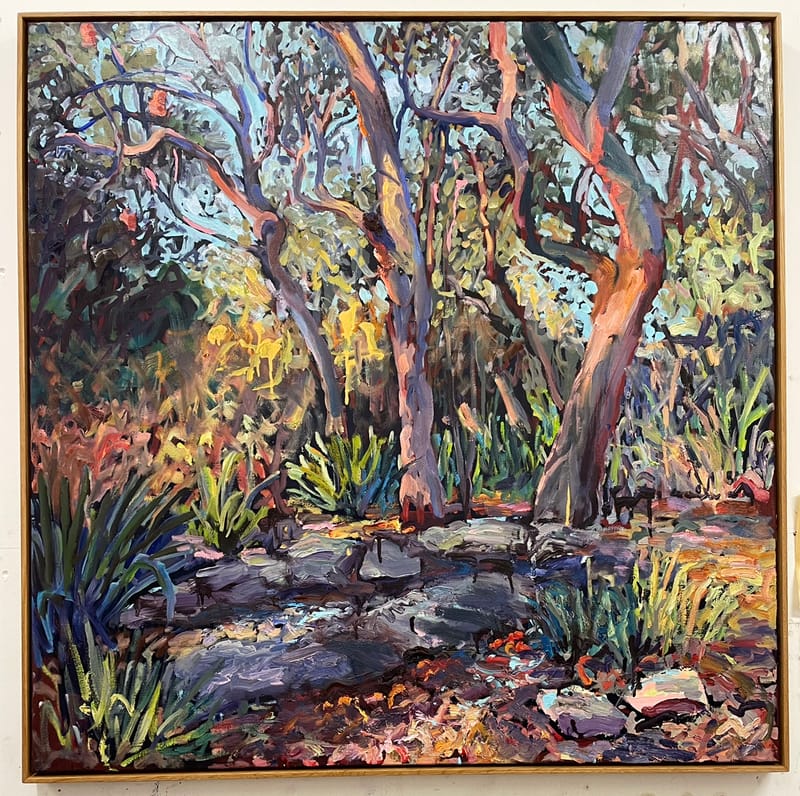The never-ending understorey
I went for a wander along the escarpment the other day, in good company, looking for a tree that’s critically endangered. There were a few to be seen (that’s another story!) but what was truly entrancing was the diversity of the understorey...
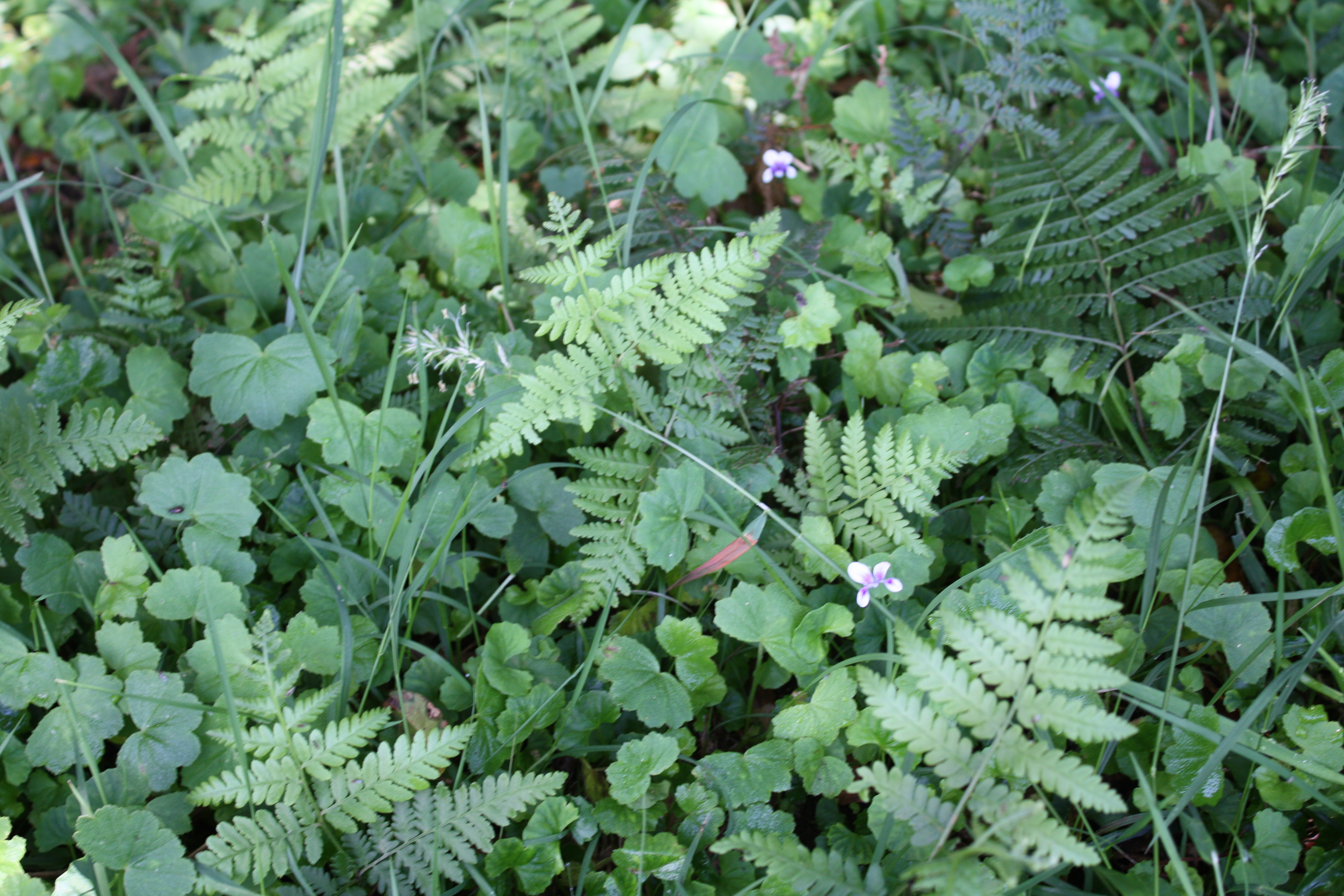
I went for a wander along the escarpment the other day, in good company, looking for a tree that’s critically endangered. There were a few to be seen (that’s another story!) but what was truly entrancing was the diversity of the understorey. There were dozens and dozens of different species, from tiny soft herbs to assorted ferns, scramblers and climbers, even a few orchids and, of course, the next generation of trees. And that’s not to mention the fungi.
Spring brings out local wildflowers, from Native Violets (Violas) and Guinea-flowers (Hibbertias) to less familiar plants such as the Lilac Lily (Schelhammera undulata), which I absolutely adore for its incredible toughness and its pretty lilac-pinkish flowers. It can be seen growing in the dappled shade beneath eucalypt forest along the escarpment, although it’s not exactly common anywhere.
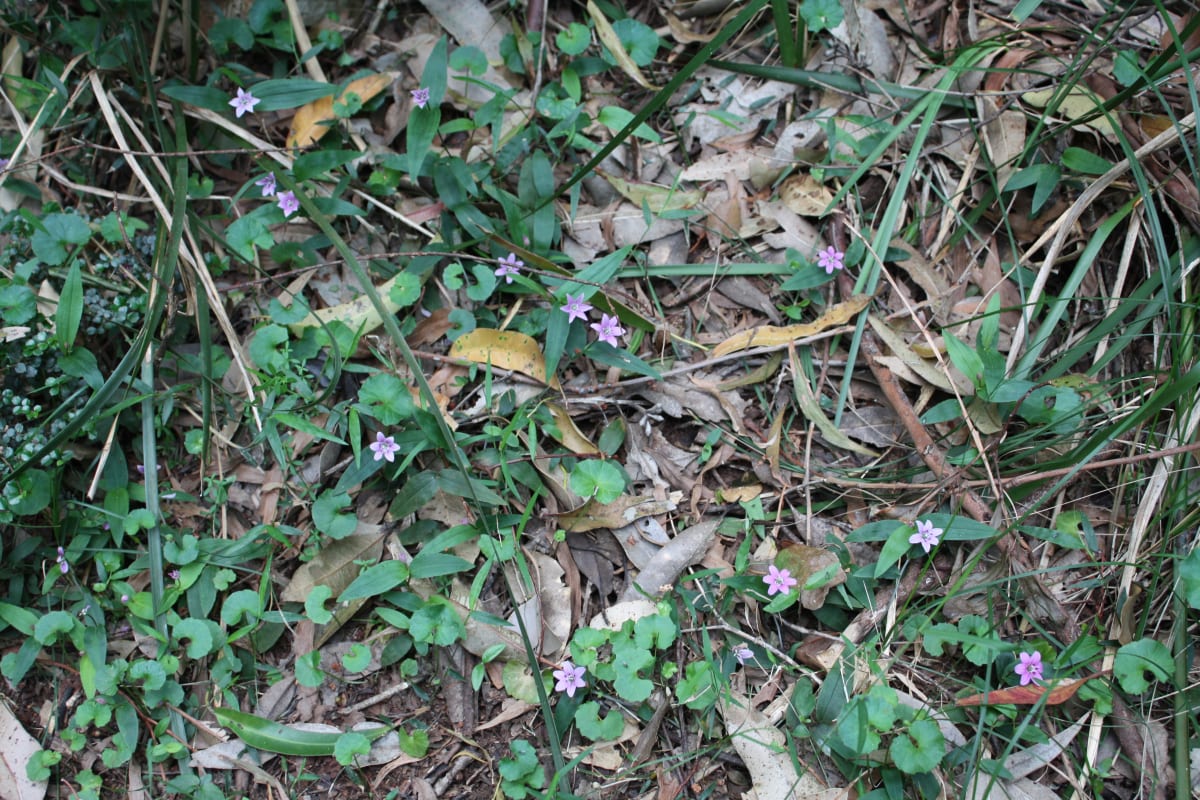
I’m constantly amazed at how much of the understorey diversity comes up in local gardens, with plants inviting themselves to stay. This little pot where I was trying to grow some Lilac Lily has instead ended up containing over half a dozen different local native species, all coexisting in a small area. The Lilac Lily’s just finished flowering, while some of the other plants are just getting going. The closer you live to a natural area, the more this tends to happen.
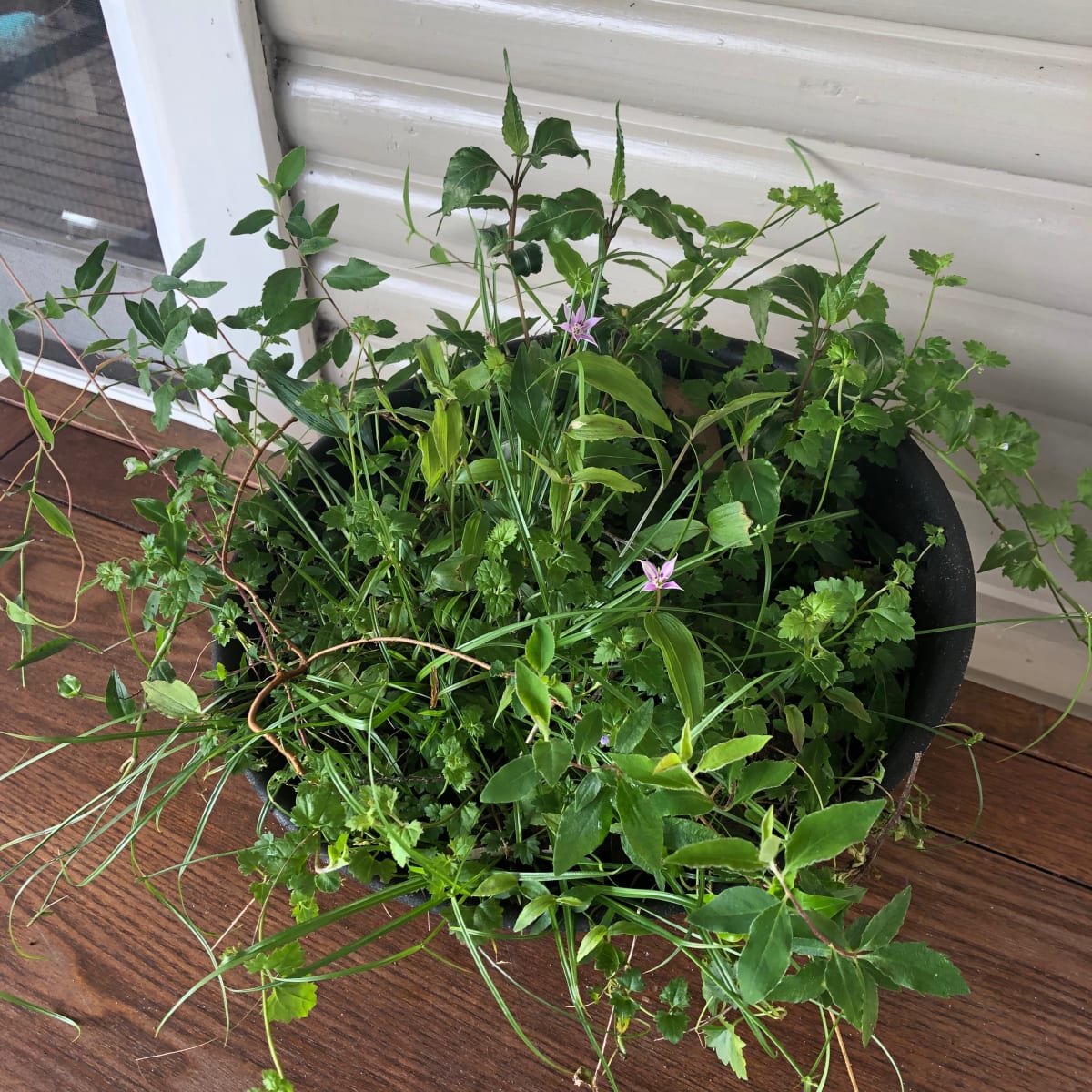
Once I realised how many of the ‘volunteer’ plants in our garden were local, I decided that it was generally better – and easier! - to let them do their own thing. They create their own meadows and fields, groves, tangles and thickets for us, and the local fauna, to enjoy.
Emma Rooksby is the coordinator of the Growing Illawarra Natives website

